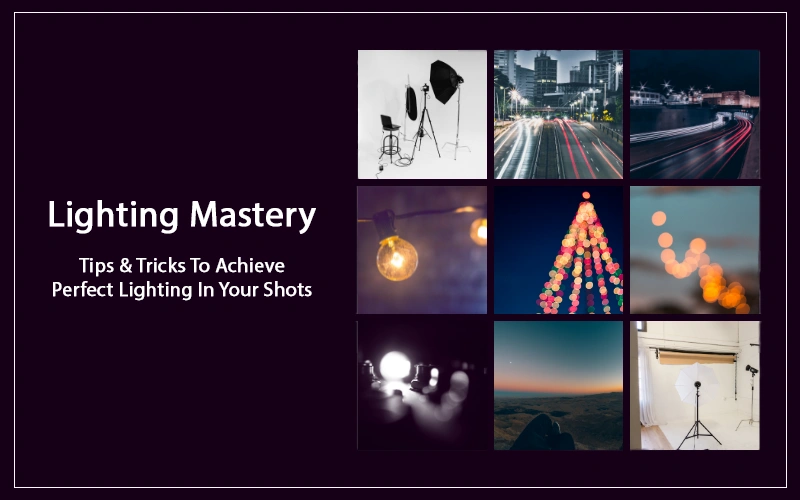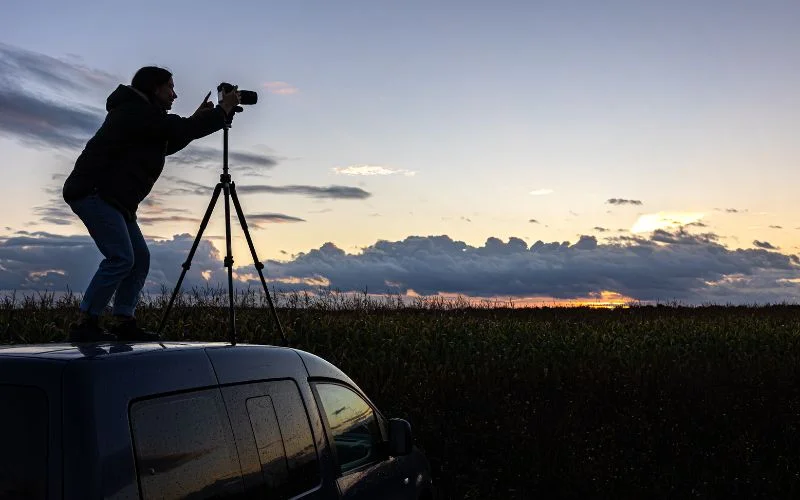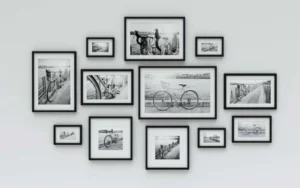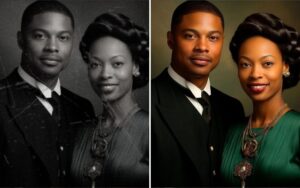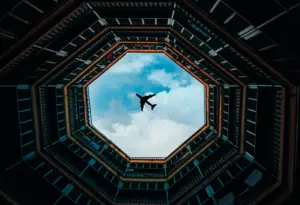If we break the word ‘photography’ it can be further divided into two parts ‘photos’ and ‘graphie’.
Both these words are derived from Greek, the word ‘photos’ means light, and ‘graphic’ means drawing with light. Now as you can see light is in the word photography itself this shows the importance of lighting in photography.

Light is considered as one of the most crucial elements in photography. The mood of the photograph can completely be changed based on the presence, absence, quality, quantity, direction, and color of the light.
Lighting has the power to completely change the photograph’s depth, mood, and even meaning.
It can do so much for a photograph such as provide texture, and form and even add three-dimensionality to the subjects.
The conditions of lighting can define the aesthetic of the photograph for example soft, diffused lighting can give a calm feeling whereas hard lighting can create a feeling of drama.
The color of the lighting has a similar effect on photographs the warm golden color during the golden hour can provide a pleasing color palette and the red color can give a sense of danger or drama.
Table of contents
Mastering the Art of Light: A Guide to Lighting in Photography
In short, we can say light can prove to be the canvas, the paint, and almost everything that gives life, depth, structure, texture, and even mood to a picture and hence it can prove to be a driving force in a photograph.
Hence it is very important to understand lighting and its effects on the photograph. Now let us discuss some tips and tricks to understand lighting better in photography.
Check Out: Glamor Photography Lighting: Light Of The Old Masters
Understand Natural Light
One of the main sources of light in photography is the natural light. The natural light originating from the sun is a powerful tool for photographers.

It has unique properties such as direction, intensity, and color that vary throughout the day, providing photographers with a variety of unique opportunities to create striking pictures.
Hence photographers have named different times of the day based on natural light.
The first one is the golden hour, which is the hour after sunrise and the hour before sunset. During this time the light is soft, and golden, and casts long shadows. This time is known to be ideal for portraits and landscapes.
The next one is the blue hour. This is the time just before sunrise and just after sunset, during this time the sky turns a deep blue. This is said to be the perfect time for the cityscapes and the serene landscapes. Lastly, we have the harsh midday sun. This time of the day is the best for strong shadows and overexposed highlights.
Hence knowing the natural light and understanding the way to use it can help you get the best pictures possible.
Check Out: 3 eBooks Bundle On Landscape Photography
Use diffusers and reflectors
Using different tools to enhance, control, shape, and play with natural and artificial lights can allow you to get better photographs.
These tools can prove to be valuable when the lighting conditions are too harsh too soft or too weak.
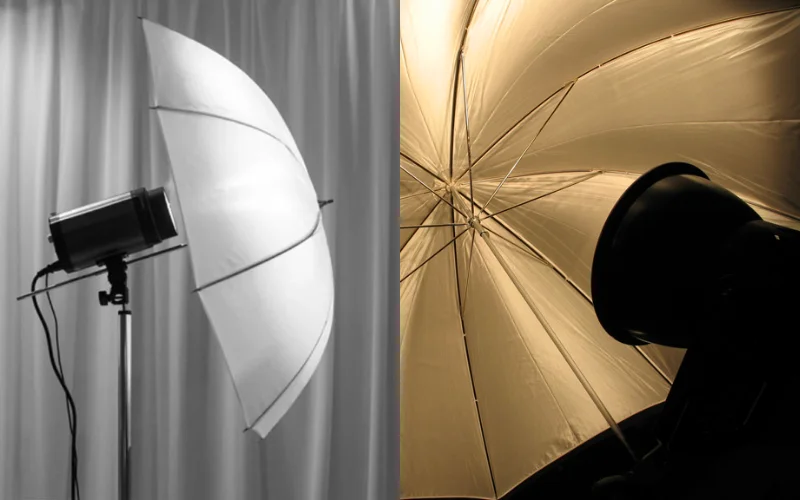
These tools include diffusers as well as reflectors. The particular function of diffusers is to soften the light source and even reduce harsh shadows.
Diffusers can prove to be an essential tool during sunny days or for strong artificial lights. Another tool that can be used is reflectors. Reflectors are known to bounce the light back on the subjects. The reflector can act as a way to fill in shadows and can even act as a secondary light source.
Understand artificial light
Understanding artificial light is equally important as understanding natural light. Expertise in artificial light can broaden the horizon of a photographer.
By understanding artificial light photographers can work with controlled and specialized lighting consistently.

There are a variety of artificial lights available in the market such as fluorescent lights, LED lights, flashes, and many more.
The first one is flash, Flashes are not just for dark conditions as believed by people generally. Flashes can be used to fill in the shadows, add a creative touch, and even freeze motion. There is also continuous lighting, which unlike flashes provides a continuous light source rather than short bursts of light.
Continuous lights can prove to be the best for studio settings and give the effect of real-time lighting. There are also modifiers, the sole purpose of them to change the shape, intensity, and even the color of the light output from artificial light sources, which allows the photographers to choose their light. These modifiers can include saltboxes, umbrellas, and grids to modify the output of the light.
Check Out: 110+ Dazzling Light Overlays
Play with shadows
Playing with shadows can be used in photography to add depth as well as emotion to the pictures. Shadows can provide a way to turn your work into a story and provide a narrative to the photographs.

Shadows can allow you to change the entire mood of your photographs. A portrait with shadows can allow the photographs to be mysterious.
They can prove to be more than the absence of light and add a certain narrative element to your work. Shadows can be used in silhouette photography, some portrait photography, and many other fields of photography.
Using multiple light sources
The use of multiple light sources can give you the freedom to achieve a particular mood or look for your photographs.

You can use various types of light sources such as key lights, backlights, fill lights, and many other such sources to create a well-rounded and the best focus on the subject.
You can experiment by making different combinations to achieve a particular effect in your photographs.
Control the direction of light
The direction of light can have a huge impact on the photograph. The angle and the position of the light source from your subject and the effect are relative to the perspective of the camera.
The direction can show visible changes in the appearance as well as the aesthetic of the photograph. There are various directions from which the light can be focused on the subject and have different impacts on the photographs.

They can be listed as side lighting, front lighting, backlighting, and top-down lighting. Each one has a different impact on the result.
The side lighting is when the light is coming from one side of the subject. It is said to emphasize texture and depth and adds an effect of three-dimensional effect to the photographs.
Front lighting is when the light is positioned directly in front of the subject. The front lighting can be used to flatten the subject as well as minimize the shadows.
Backlighting is when the light is placed at the back of the subject. It is known for creating silhouettes or a halo effect around subjects.
Check Out: 500+ After Effects Presets For Video Editing
Use of color gels
The color gels can be used to change the color of the light by placing the color gels in front of the light source.
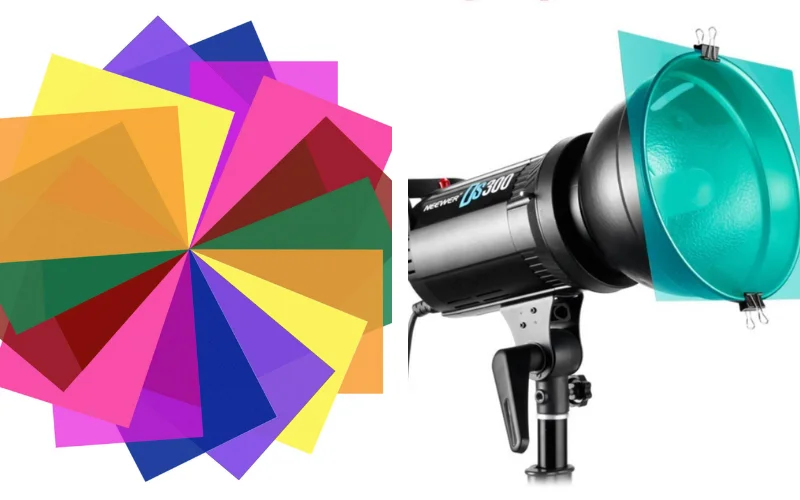
The color gels can help in creating special effects, and change the mood in the photograph. Adding the color gel in front of the light source can add color to the photograph.
Three-point lighting setup
Three-point lighting is one of the fundamental techniques in both photography as well as cinematography.

This setup uses three light sources strategically placed all around the subject to create an illumination of depth, dimension, and visual interest.
The key light is the main light and the fill light softens the shadows caused by the key light and the backlight separates the subjects from the background.
Adjust white balance
White balance is the filter that ensures the process of ensuring that the colors are rendered by adjusting the color temperature of the light source.

It doesn’t matter whether it is artificial light or natural light you should ensure that the white balance setting matches the light source and the colours render properly.
Bounce the light
Bouncing the light as the name suggests simply means bouncing the light off of ceilings, wall, or any other objects. By bouncing the light you can produce a softer and more diffused light which can give the same effect as the soft light.

This method is mostly used when the light from the flash or any artificial source is harsh creating deep shadows. To avoid the same we bounce off the light. It can even reduce the glares and even some shiny surfaces in the photographs.
Avoid harsh shadows
This is one of the common considerations in the field of photography. Shadows can take off the focus from the main subject in the photograph. To get clear portraits, aesthetic shots, and clear shots you must avoid the harsh shadows.

There are many ways to avoid these harsh shadows such as using diffused lights, bouncing the light, adjusting the camera settings, using the reflectors, and many more such ways.
Experiment with low light
Using low light can lead to a captivating and moody effect in the photographs.
While experimenting with the low light it can be a challenging task as it can have a risk of blur, underexposure, or noise.

The low-light atmosphere can result in moody and dramatic photographs with a sense of mystery and intimacy.
Many scenes are captured in nature that are best captured in low light such as sunsets, nightscapes, etc. Low light photography can prove to be both a challenge as well as photography.
Check Out Popular Resources On Lighting In Photography
- How Lighting Affects Mood & Perception
- Cool-Hacked Lighting Setup for Headshots
- How to Achieve Spectacular Lighting for Product Shoots
- Brilliant Way to Use Window Light as Your Overhead Light Source
- Beauty Photography Lighting Videos By Michael Zelbel
- 5 Spicy Lighting Setups from Dan Hostettler
- Taking Pictures in the Desert Sun
- How to Build Your Own Monster LED Panel
- 4 Easy Ways To Get Studio-Quality Portraits Using Only Natural Light
- How to Shoot on Location: A Lighting Tutorial from The Slanted Lens
- Looking for a Simple Guide to Portrait Lighting? Here’s a Free Cheat Sheet
- Caitlin Teal Price Interview: Mysterious Reflections Against Light and Shadow
FAQ(s) about the use of lighting in photography
Some of the frequently asked questions about the use of lighting in photography are answered below.

How to decide between soft or hard light?
The choice completely depends on the purpose of the lighting you want to fulfill in the photographs. It also depends on the mood and the effect you want to capture in your work. Hard light can create sharp, more defined shadows and give a more dramatic effect.
Whereas soft light produces less defined shadows and is considered more suitable for portraits.
How to avoid red light in photos?
The red eye is generally created by the camera flash reflecting off the retinas. The best way to avoid the red eye is to increase the ambient lighting and suggest the subject look away from the lens.
You can even use the external flash, and even use the camera’s red-eye reduction mode.
Can artificial and natural light be mixed in the same picture?
Yes, mixing the light sources is quite common nowadays.
However, you need to pay attention to balancing the color temperatures properly while using different light sources to achieve a more consistent look.
How important is the direction of light?
The direction of light can be an important factor in your photograph.
The direction in which the light hits your subject can prove to change the mood of the photograph completely.
How can I improve photographs taken in the harsh midday sun?
To improve the photographs taken in the harsh midday sun you can either seek shade or use diffusers to soften the light.
Check Out: [FREE WEBINAR] The Essential Lighting Techniques
Conclusion
There are a lot of factors that can affect your photographs, lighting being one of such factors. Lightning can have a significant power over your photographs. It can be said to directly affect the essence of your work.
The direction, intensity, color, and even shadows can completely change the aesthetic of the photograph. Mastering the use of lighting in photography certainly seems to pay off and show in your work and make it stand out.
Nowadays there are advanced ways of editing the lighting. This post-processing can even include the use of artificial intelligence which makes it seamless.
But the satisfaction of creating the image you have in your mind with the right use of lighting is quite different. The right use of lighting can bring a scene to life. With experimentation, you can learn a lot about lighting and implement it in your work.
Some tips and tricks for the right use of lighting are mentioned in the above article. Hope you liked the article.
Author Bio
Hi, I’m Manthan I’m a professional photographer and founder of photographywith.com this site hosts all of my writing on photography stuff like blogs, reviews, editing, and much more. Whatever I learn, I publish on my blog with some good and easy examples. Cheers, Manthan
To see more of our blog content, visit our BLOG PAGE!
